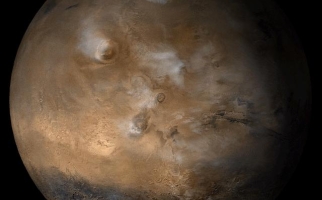
Destination Mars
Backgrounders
Discover how space agencies have explored the Red Planet in the past and present and learn about the future of human spaceflight to the red planet.
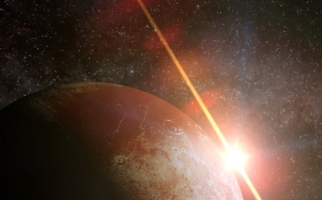
Meet Our Dwarf Planets
Backgrounders
Learn about the dwarf planets in our Solar System.
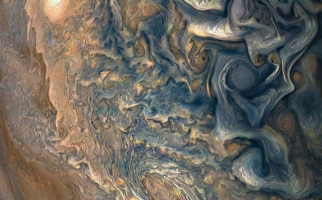
The Outer Solar System
Backgrounders
Learn about the amazing planets and moons of the outer Solar System.

Why is it colder in the winter even though the Earth is closer to the Sun?
Hands-on Activities
Learn why we have seasons in this hands on activity.

What is your weight on another planet?
Hands-on Activities
Do you weigh the same on Jupiter as you do on Earth? Learn to calculate your weight on a different planet.
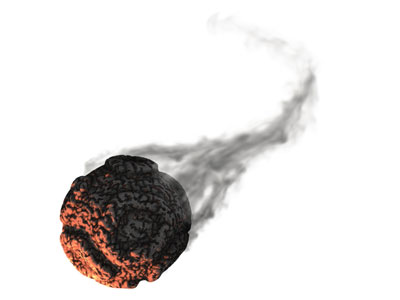
What would happen if a meteor hit Earth?
Hands-on Activities
Explore the effects of asteroid impacts in this hands on activity.
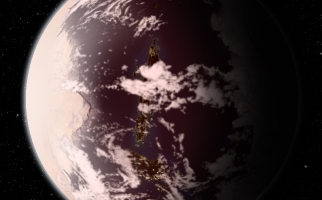
Searching for exoplanets around the star next door
STEM Explained
In planetary science, astronomers have found planets that orbit other stars, just like Earth orbits the Sun. Some of them might even be able to support life.
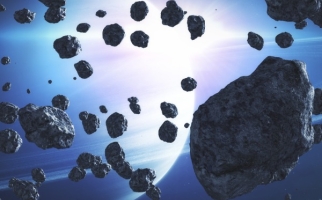
Where Can We Find Asteroids and Comets?
Backgrounders
This backgrounder explains the difference between planets, dwarf planets and small solar system bodies, such as asteroids and comets.
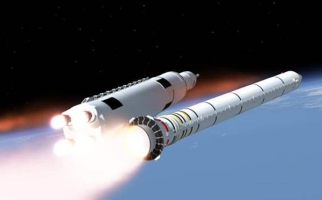
Escape Velocity
STEM Explained
Why do a baseball and a rocket need the same launch speed to get from Earth into space? It has to do with physics and gravitational force.